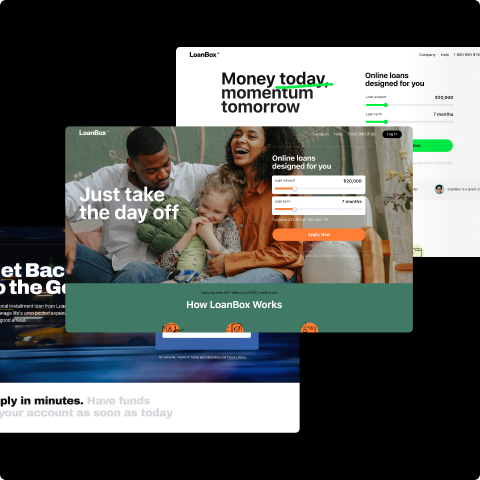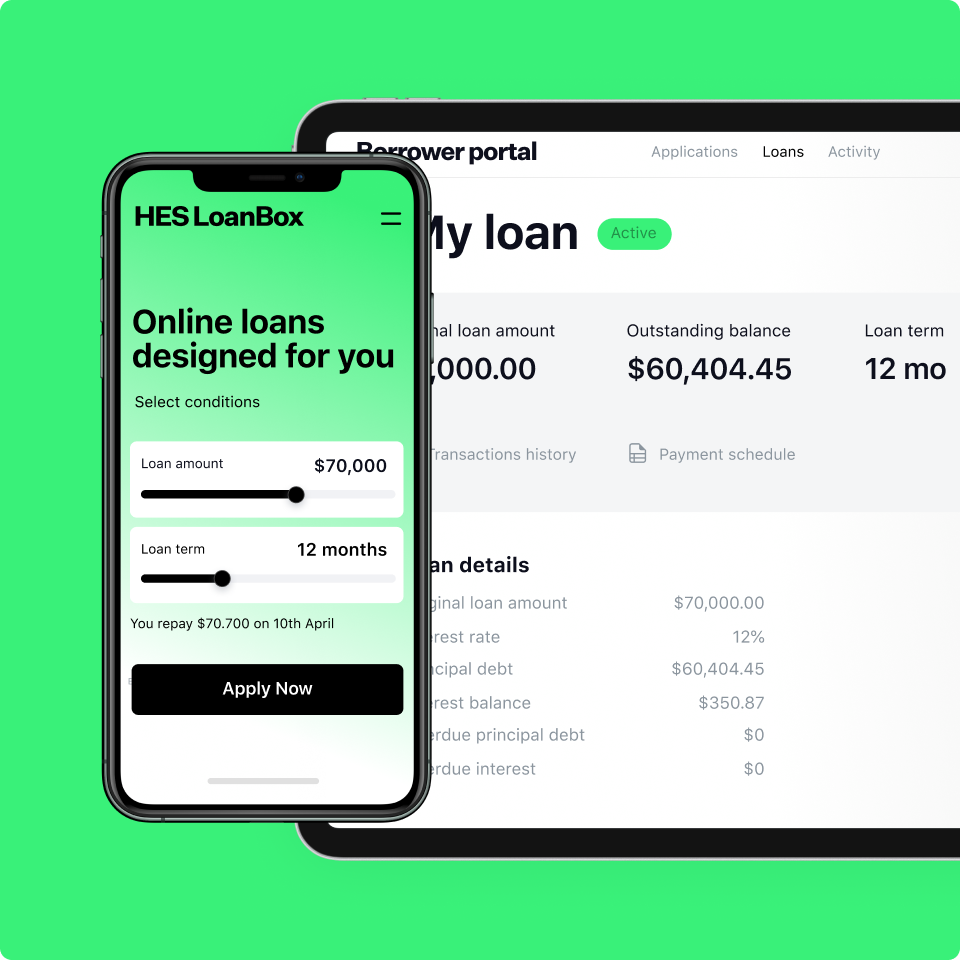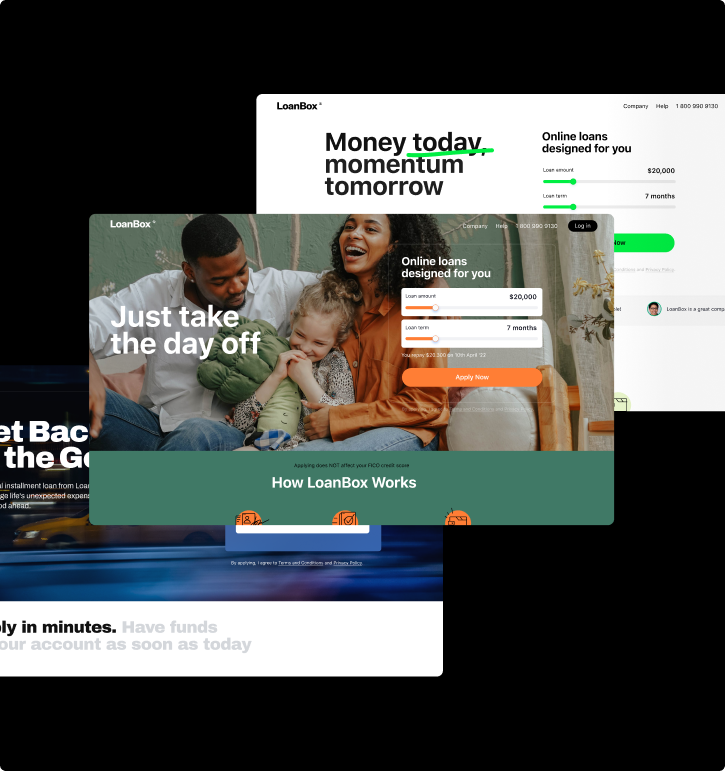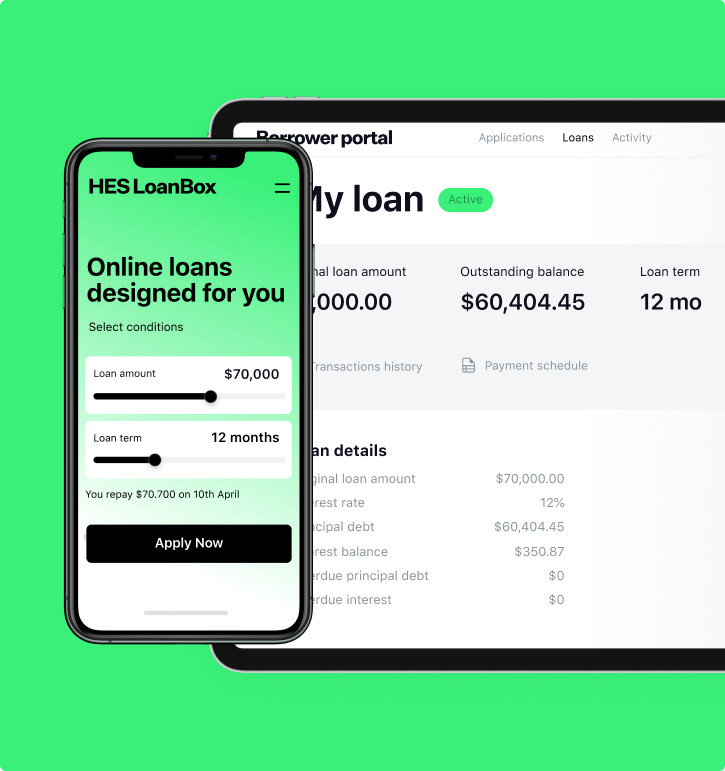About 30% of SMEs have changed their financial service provider in 2021 according to a survey by American Express. What is the top reason? Their new financial institution offered several solutions ‘under one roof’.
Single-use financial applications have been growing exponentially in recent years, however, a brand-new type of app comes to the Western world from Southeast Asia to gain momentum and build up the market share. Super apps in finance may become a grand disruptor in the digital financial services industry. Should lenders be worried? Do super apps impose danger or can be a great opportunity for digital lending businesses and the financial industry as a whole?
The term ‘super app’ is about a decade old: it was first introduced in 2010. Today super app is a robust platform hosting a suite of solutions aimed at combining financial and non-financial services or various types of financial services in a single digital product. Their success recipe contains the following ingredients: a large initial user base, step-by-step diversification, and expanding offerings in multiple app sections.
The success of super-apps in Asia can be attributed to a very short stage of web dominance and a rapid switch to mobile-first (or even mobile-only) data consumption. However, while the use of mobile devices in Europe, North America, and the rest of the world keeps growing, and more searches, purchases, chatting, and transactions are carried out with a mobile device, the trend started expanding its geo.
Read also
World’s Leading Super Apps in 2022: Brief Overview
This China-based text messaging app was launched in 2011 by Tencent, an large Internet corporation from China, and was a success. Today it is a flagman super app, a giant suite of over 1 million sub-applications, used by 90% of Chinese adults. Already having over 1 billion monthly acitve users (MAU), the app is also winning new users in Philippines, Indonesia, and Malaysia. In addition to instant messaging, WeChat allows users to book tickets, pay bills, call a taxi, schedule doctor appointments, get travel visa and even get invited for a blind date.
Alibaba/Alipay
Having started as an online shopping platform, today Alibaba offers investment and lending services and even has its own credit scoring algorithm. The company gained 230 million users and a 94% usage rate by adult online users. The Alipay payment system is expanding as well: Alipay’s QR code payments are today used by millions of domestic and international businesses. The mini-apps inside provide additional services such as retail, utility bill payment, and booking.
Grab
One of the leading Southeast Asia super apps, Grab started as a transportation services app. Due to its stunning growth, it can boast 187 million users and a significant services expansion. The major digital platform has product and service offerings in five areas: transportation, medical advice, financial, insurance, and delivery services. In 2019 the company launched GrabPay: a co-branded e-wallet created in collaboration with a bank. It allowed Grab to expand its financial services with nano-financing and microloan offerings.
Gojek
This Indonesia-based super app was launched as a ride-hailing app, but today it has 170 million users and provides more than 20 services: financial services, transportation, shopping, food, payment, entertainment, business, etc. Users benefit from ordering medications, booking tickets, paying bills, and getting notified about discounts and special offers. Due to the partnership with Siam Commercial Bank Gojek managed to seriously extend its range of financial services: Get Wallet, Get Pay, money transfer for businesses with no fees, as well as digital loans provided fully online.
Line
The super app from Thailand provides multiple services to around 50 million users. Line first appeared as a messenger and then decided to add some financial services in collaboration with banks. The brand is about to launch its in-app consumer lending product to grant microloans in Thailand and Japan. The proprietary credit scoring system is developed: it includes GDPR-compliant alternative data, such as in-app user data. The proprietary cryptocurrency Link was created too, however, it is highly volatile till now.
Paytm
India keeps up with the trend too: Paytm is a leading country’s super app with 150 million users. The functionality is similar to those included in other super apps: QR-payments, bookings, travel, and entertainment services.
Careem
Careem is a super app operating across several continents and 13 countries: from the Middle East to North Africa. The range of services available in a single app inlclude transportation, delivery, payments, lending, shopping, and more.
What about Super Apps in the Rest of the World?
Europe and North America
A lot of single-solution financial services providers, like payment processors or SME lenders, are not trying to expand their offering to compete with banks and neobanks. For sure, businesses and individuals will love managing their payments, insurance, invoicing and bookkeeping in a single space. Bundled offerings keep deposits, investments, mortgages, and credit cards in one place saving a lot of time and money. For example, by directly connecting the checking account data, users can much faster receive a pre-approval letter when they apply for a mortgage.
However, the intense competition between tech giants and market fragmentation leads to the absence of one dominating market player and makes it risky to create a super app experience. Another reason is strict legislation related to consumer data and privacy.
Latin America
In places like Latin America, the super app model is highly promising. While the expansion of super apps in North America and Europe requires direct government support, the legislation in Latin American countries may be more favorable for private initiatives. Similar to Uber, which disrupted the legacy industry in the times when ridesharing was an untapped market.
How Apps Become Super Apps

The variety of mini-apps within one super app is carried out by mergers and acquisitions, partnerships, and open API data exchange.
According to the Accenture research, the most common super app feature groups are:
- Financial services & Payments (credit and loans, cashless and mobile payments, insurance, investment)
- Retail services (ticket bookings, food delivery, e-pharmacy, telemedicine)
- Other services (media and entertainment, communication, real estate and rentals, cloud storage).
How Super Apps Affect Banks?
Most super apps decide to integrate financial services into their digital lending platform to enrich the customer experience and improve monetization. Banks may feel an explainable threat because the rise of super apps means that more users may abandon single-bank apps and start using integrated super-apps. At the same time, this threat can become an opportunity: super apps create new financial products powered by banks on an unbranded or on a branded basis. The ‘banking-as-a-service’ concept introduced within super apps is highly potent: usually, the regulatory framework in financial services is tangled and difficult to deal with. At this point, banks can build strategic partnerships with financial super apps and receive their piece of cake.
Steps to take:
- Banks need to accept changes and work on their digital infrastructure to remain competitive and to look like a highly promising strategic partner. Well-established banks for sure can keep their market share, but they may see their customers leave looking for some specific financial solutions: quick and convenient ones. By embracing open data and updating the core banking system architecture, banks become ready for any market changes.
- Banks may consider which types of embedded services (branded or unbranded) they could offer within super apps. White-label services can be a great revenue generation stream for banks. However, in some cases, co-branded products may seem more lucrative.
Super Apps, Financial Institutions, and Fintechs: Opportunities or a Big Threat?
Smaller-asset financial institutions definitely feel more threat provided by a potentially emerging, highly dominating super app in the near future. However, many of them offer micro-niche applications and services, which can be turned into an additional feature of the super app. So, either super apps are going to partner with financial institutions and fintechs for white-label services or for branded services. In both cases, super apps can host a consolidated financial ecosystem, generate revenue, receive data for cross-selling, upselling, and building personalized experiences.
Read also
Steps Lenders and Financial Businesses Can Take toward Super-Apps
Even if super apps remain specific for Southeast Asia, partnerships and ecosystems create more opportunities for revenue gains due to better consumer experience. Financial institutions, including lending businesses, may want to consider Open API, Open Banking, and Open data as a whole. Consider how your lending business can use APIs and open data architecture to become a valuable partner for a super app (if you need to). Another important thing is to consider your strategy: becoming a front-office player or a backstage support player and take the necessary steps in accordance with that.
Experts believe that in the couple of years the super app trend is going to skyrocket in the sphere of financial services. Understand your power, stay flexible, and be ready for mutually beneficial partnerships.























